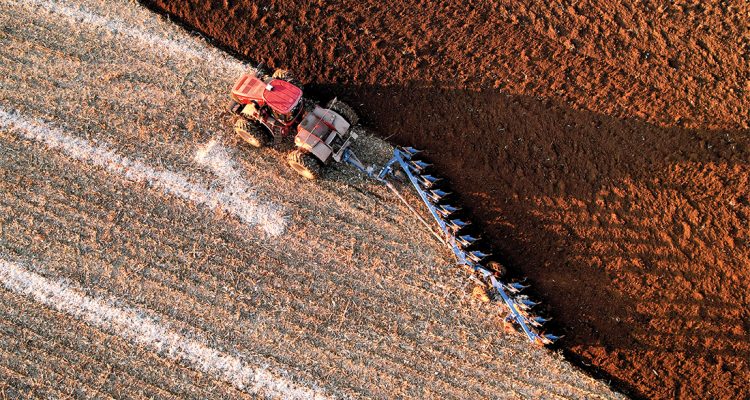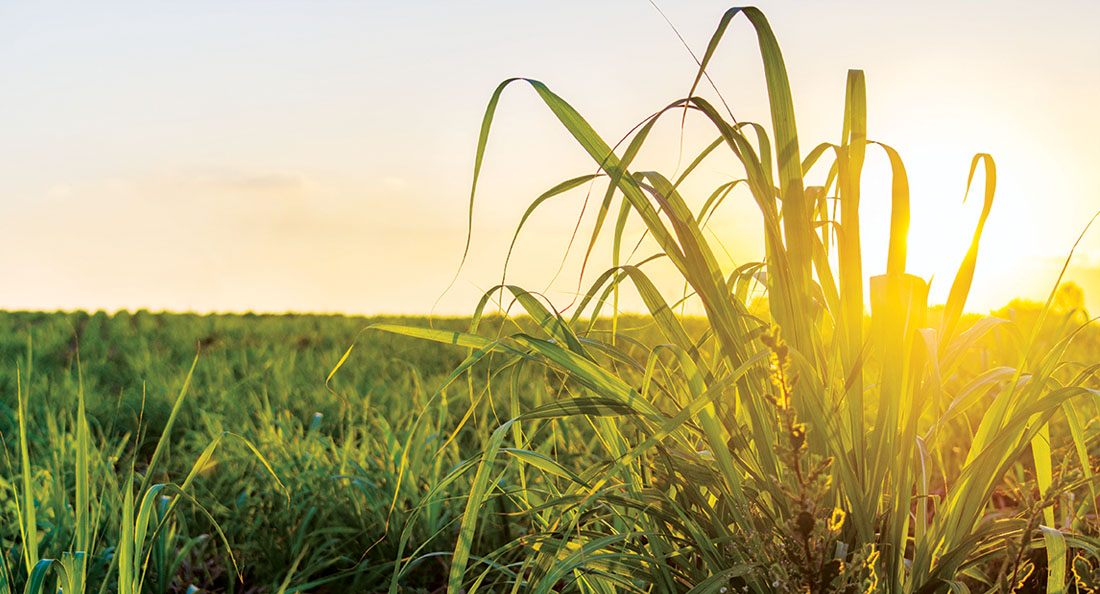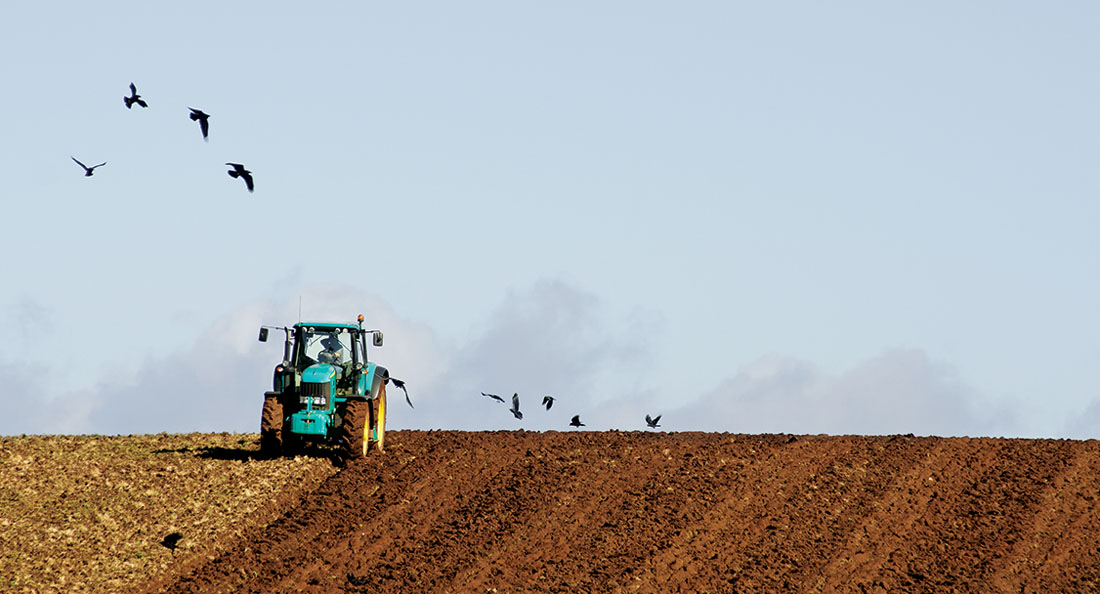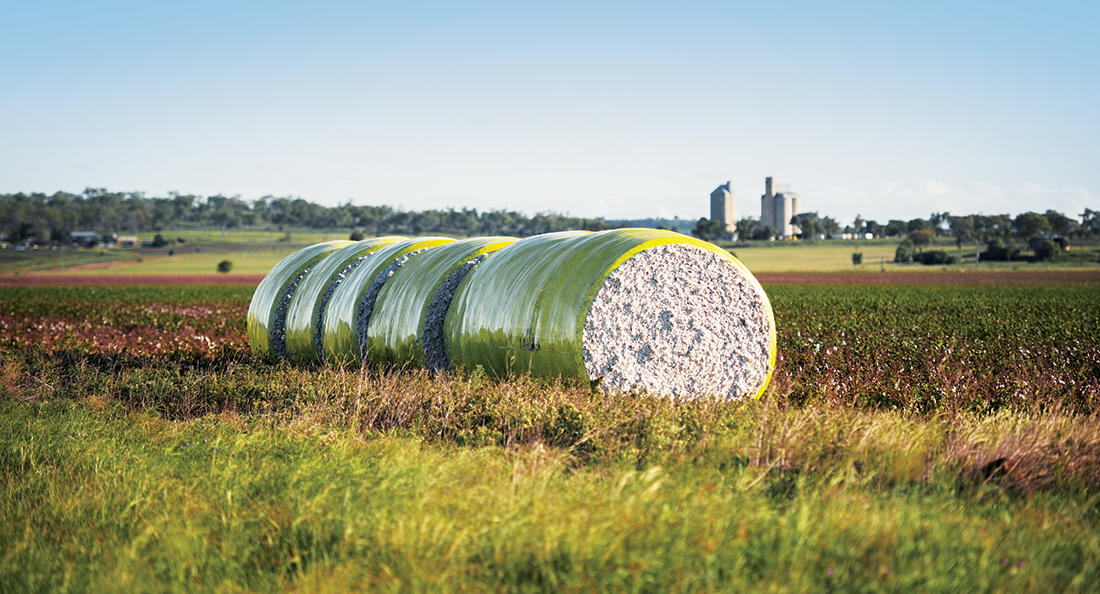Farming is one of the world’s oldest industries, and the relationship between soil and spade dates back to ancient times when early humans discovered cultivating the ground for growing plants was an effective way to foster abundance during the harsher months of the year, when food was in short supply and resources were scarce.
Ancient civilisations of nomadic hunters and gatherers scavenged the wild land to hunt and forage for survival, until around 13,000 years ago when Stone Age nomadic tribes began to cultivate small plots of land. However, the formal practice of domesticating plants and animals did not become widespread until approximately 10,000 BC, when families began permanently settling on land to establish farming communities. This was known as the Neolithic Revolution, and the first crops planted by these early settlers consisted of emmer wheat, einkorn wheat, peas, lentils, bitter vetch, hulled barley, chickpeas, and flax.
As farming progressed over centuries, farmers gradually gained an understanding of what practices were beneficial as opposed to detrimental to the soil on farmed field. In addition, they learned the science behind preparing the ground for seeding and sowing. Unless properly cultivated, soil has a finite amount of time that will be effective for planting before it loses its fertile properties. Therefore, cultivation is an important agricultural practice that involves breaking up depleted topsoil by mixing it with fertiliser and aerating seedbeds to restore the ground’s fertile properties.
“The purpose of cultivation, not to be confused with tilling soil, is to create the ideal seedbed for your crop because the quality of your ground at the start of planting season will determine the robustness of your yields during a harvest,” says Russell Randal, National Business Development Manager for Agriculture at Motion.
“Cultivating soil turns over topsoil without penetrating too deeply into the ground. Whereas, tilling the soil involves digging deep down which is a subset method of cultivation used primarily for breaking new ground. However, this is typically avoided because it disrupted the natural biology of the soil and ultimately kills the ground,” he explains.
“Depleted topsoil is one of the biggest threats to modern industrial agriculture and the production of food and commodity farmed goods, which is why it’s important to have a strong working knowledge of the different types of cultivation tools that can be used on industrial and commercial farming operations.”
In Australia, there is a growing movement toward the practice of no-till cultivation as part of the effort to conserve natural resources and promote a more environmentally sensitive approach to industrial agriculture. In tune with this line of thinking, manufacturers of planting, seeding and tillage equipment have started to move away from antiquated machinery that disrupts and impacts the health of soil by gouging too far beyond the surface of the soil.
“Many of our partners and suppliers are on board with reducing tillage activities and interested in bridging the gap between growers and technology by upgrading and optimising the parts and components on cultivation equipment such as disc and tine harrows, chisel ploughs and rotary tillers,” says Motion’s Category Manager for Industrial Bearings, Tony Tormey. “Among these suppliers is leading global bearings supplier NSK who have developed an extensive range of bearings products geared toward agricultural equipment used in the cultivation of soil.”
In additional to concerns about their impact on soil health, agricultural applications are also harsh on mechanical componentry, which means failures and breakdowns are common when machines must contend with the ingress of soil, moisture, and chemicals used in fertilisation. The soil bites back, so the challenge lies in fostering a balanced relationship between the soil and the spade.
NSK has risen to that challenge, according to Tony, with NSK’s Agri Disc Hub Double-Row Angular contact bearings. “The Agri Disc Hub bearing unit is ideal for disc harrows as well as a diverse range of other seeding and sowing applications,” he says. “In most cases the bearings feature a protective O-ring seal that protects against contamination and moisture. A 5 lip cassette seal shields the internal components with the bearing itself also containing a double lip DDU contact seal to protect from contaminant ingress. This all helps maintain NSK’s high-performance long-life lubricant.”
The result is there is no need for regreasing the units throughout their service life and reliable protection against contamination such as clay, sand, dust, plant fibres, or fertilisers. “For farmers, this equates to fewer bearing failures, reduced downtime, and savings on the cost of spare parts, repairs, and maintenance,” Tony explains.
“By improving the bearings technology used on farming equipment, we can improve the performance and efficiency of the machined parts and components, which ultimately will phase out legacy practices that have been detrimental to the environment.”
Although optimising cultivation equipment for reduced tillage is a relatively new area of interest for industrial solutions providers, the agriculture industry has never shied away from a challenge in the past, and its unlikely to start, according to Russell.
“At Motion, we are on board with the evolution of farming and are keen to discover new technology to encourage healthier crops and better yields. Just as farming is one of the oldest and more enduring industries on the planet, farmers are among the most resilient. As long as we continue to help our farmers thrive, we can continue to rely on them to support our thriving communities.”




